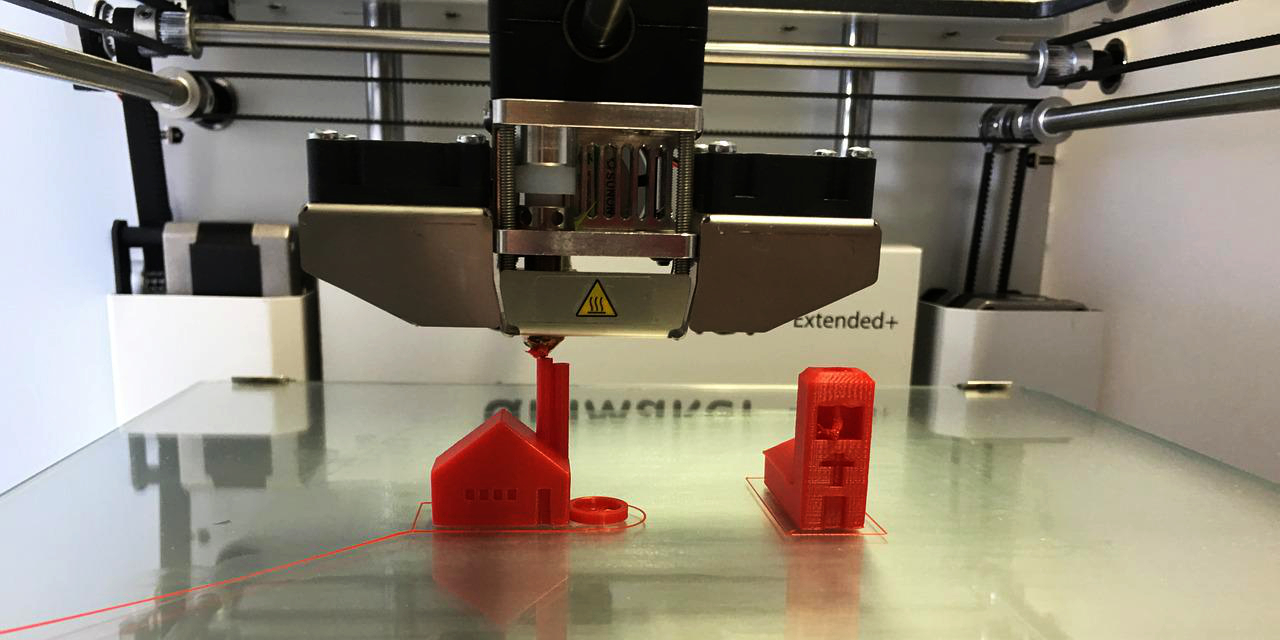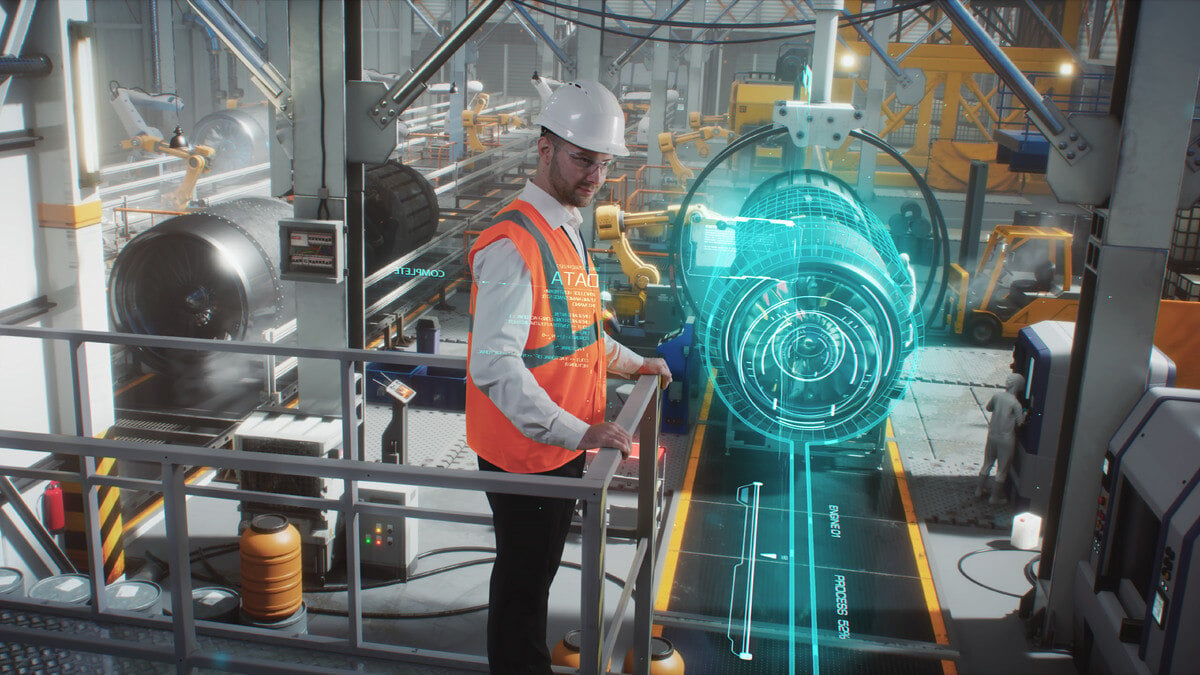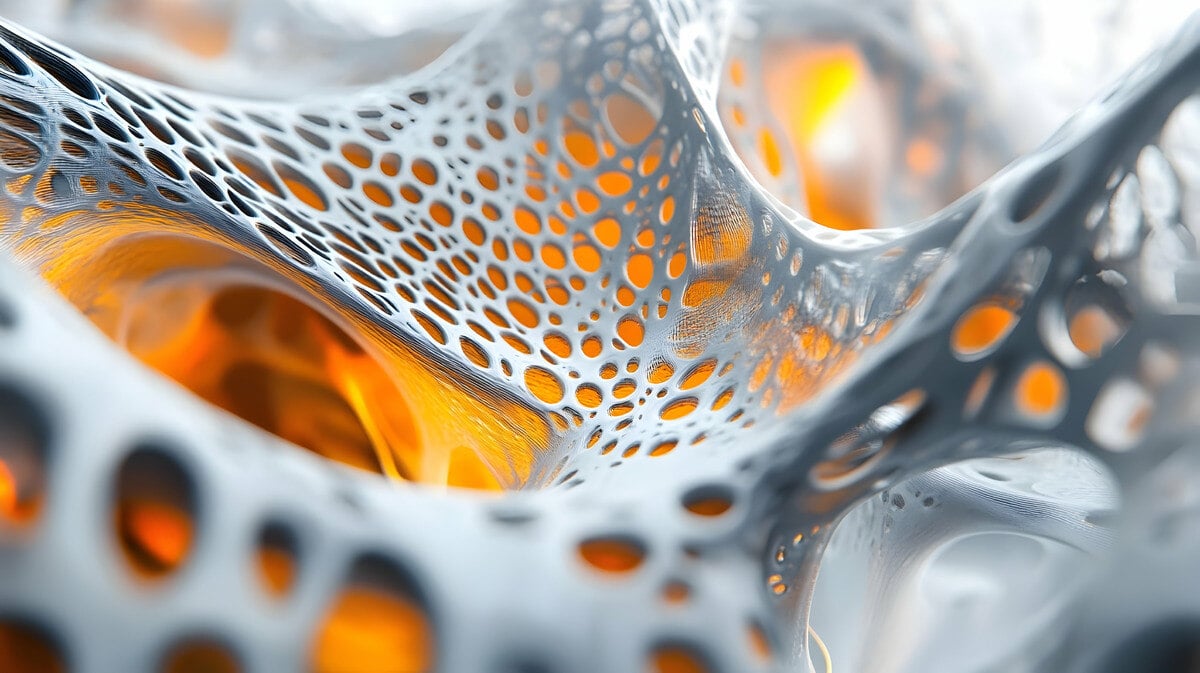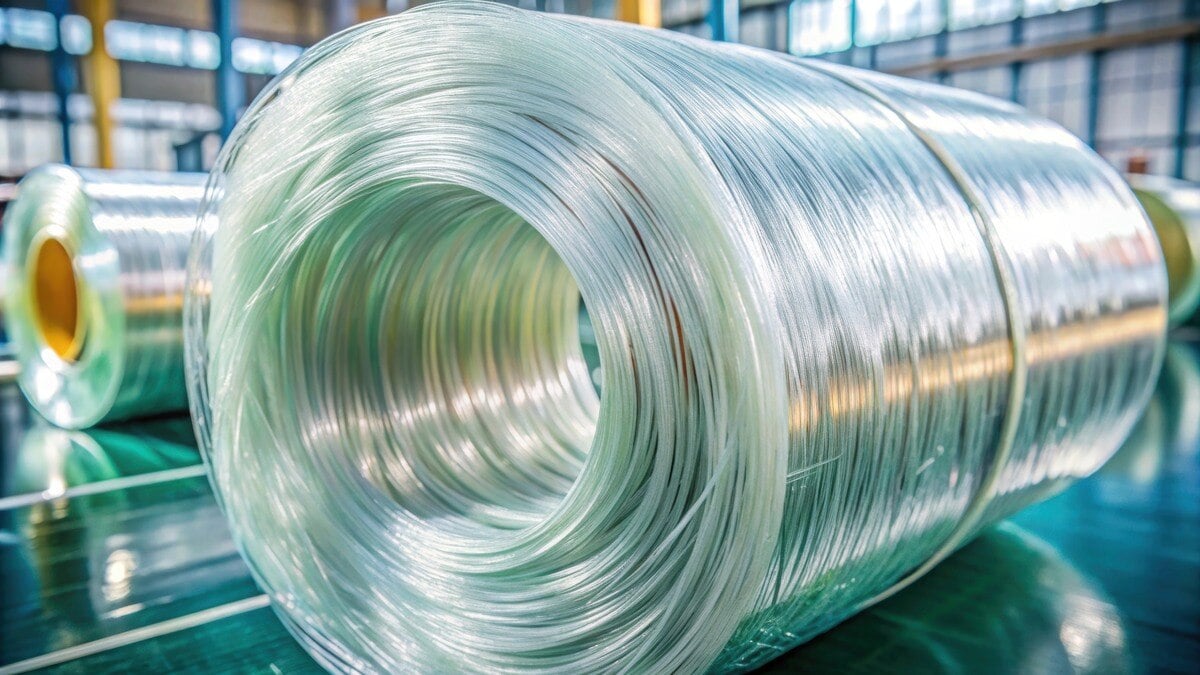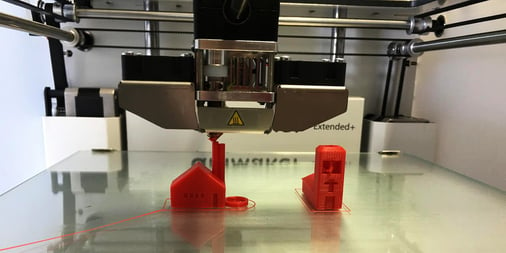
Fiber-reinforced plastics (FRPs) are composite materials made up of a polymer matrix reinforced with fiber. The unique combination of physical properties found in FRPs can bring significant improvements to 3D printed parts and prototypes.
Improvements in mechanical properties such as strength and durability can be achieved while also maintaining lighter weight and achieving shorter production times.
This unique combination of properties makes FRP ideally suited for applications including infrastructure and construction, aerospace, automotive, and sporting goods.
What is 3D Printing?
3D printing, also known as additive manufacturing, allows the production of three-dimensional solid objects from a digital design file. Software is used to create a digital model. The digital model is then digitally “sliced” into many layers. The digitized slices are then sent to a 3D printer.
The most common 3D printing method is fused filament fabrication, also known as fused deposition modeling or FDM, in which a filament of modeling material is fed to an extrusion nozzle and deposited on a modeling platform. FDM takes a top-down approach to 3D printing.
Vat polymerization takes a bottom-up approach - a photopolymerizable resin is stored in a vat and exposed to a UV light source. The cured 3D structure is raised incrementally as new layers are added to the bottom of the printed model. Vat polymerization techniques like stereolithography allow for higher precision and better print quality, as the small size of the laser light source allows for finer detail and higher resolution.
Another common technique is selective laser sintering (SLS). In SLS, a printing material in powder form is spread over a build platform. A UV light source then selectively sinters the powder to form a layer of the model. After a layer is sintered, the build platform shifts downward, another layer of powder is applied, and the process repeats until the three-dimensional object is complete.
Why Use 3D Printing?
Additive manufacturing has been used for rapid prototyping since the mid-1980s. Design engineers very quickly adopted the technique as a way to increase efficiency during product development. In-house engineers can make dozens of iterations of a design if they choose, and the design gets better each time. The real cost-benefit was realized in the savings in tooling costs that naturally followed from adopting this technology.
As the technology has matured over the years, 3D printing has moved past rapid prototyping and into commercial production of goods across many sectors including automotive and aerospace.
Swedish car manufacturer Koenigsegg employed 3D printing in the production of both metal and plastic parts of the turbocharger and exhaust systems in their One:1 model. Additive manufacturing was also used in the production of features like pedals, footrests, and mirror housing. The potential for waste and weight reduction made 3D printing an attractive alternative to traditional manufacturing methods.
Airbus chose 3D printing for similar reasons. More than 1,000 parts on the Airbus A350XWB were produced using this technique. Airbus employed printers manufactured by Stratasys, which characterized the use of 3D printing by Airbus as unprecedented in scale. Similarly, a collaborative effort between General Electric and the Air Force employed 3D printing during the development and production of parts for the GE F110 engine which powers the F-16 jet fighter.
Thermosetting Resins in 3D Printing
Polymeric matrices in composite materials are either thermoplastics or thermosets. Thermoplastic resins are used in many 3D printing applications. However, thermoset matrices offer higher strength and heat resistance and often have higher fatigue strength and finishing qualities relative to thermoplastics. These characteristics make thermoset resins attractive candidates for structural and electrical applications, civil engineering, appliances, and commercial and residential construction.
The use of thermosetting materials in extrusion-based additive manufacturing methods like FDM presents challenges in controlling viscosity during deposition and curing of the printed material. This is essential to maintaining the three-dimensional geometry of printed objects.
Because rapid curing is needed after material deposition, most thermoset FRP materials used in 3D printing applications have an injection/cure temperature of less than 100°C with a short cure time.
Arkema’s Sartomer division recently brought to market the N3xtDimension® line of liquid resins for UV-curable additive manufacturing. The N3xtDimension® resins are an effort to bridge the gap between traditional thermosetting resin technology and emerging 3D printing technology. This product line is suitable for use in vat polymerization, selective laser sintering, and filament extrusion applications.
Significant advances are being made in developing both equipment and materials that will address these challenges and move toward more widespread use of fiber-reinforced thermoset composites in extrusion-based 3D printing.
3D Printing with FRPs
FRP composites are already in use in both commercial and military aircraft. The automotive industry has long made use of FRP as a substitute for steel, aluminum, and other metals because of its ideal strength-to-weight ratio. Pultruded FRP applications for the automotive sector include various beams, front-end support systems, chassis rails, and transmission tunnels.
It seems natural, then, to combine the strength and weight benefits of FRP with the potential for improved efficiency and manufacturing cost that can be realized using 3D printing during both R&D and production.
A joint effort between the University of Delaware and Dunghua University in Shanghai recently developed a 3D printer including a capillary-driven printing head and an automated robotic arm that allowed the printing of thermosetting FRPs. The 3D printed FRPs based on epoxy resin and continuous carbon fiber had a degree of curing of 95%, included a high fiber volume fraction (58.6%), and exhibited excellent physical properties including a mechanical strength of 810 MPa and modulus of 108 GPa.
A recent literature review shows that research and development of 3D printing technology for thermoset FRPs has kicked into high gear. The bulk of current research is focused on composite materials based on epoxy and phenol-formaldehyde resins combined with both short and continuous carbon, glass, and aramid fibers. Experimental data shows that 3D printed thermoset FRP composites manufactured through a variety of techniques achieve mechanical behavior comparable to aluminum and steel alloys while maintaining significantly lighter weight.
The Future of FRP 3D Printing
Additive manufacturing technology opens the door to materials with new and enhanced mechanical properties, light-weight composition, and greater flexibility with the potential for lower manufacturing costs and rapid production. The future for 3D-printed FRP parts and products is bright, with a great deal of innovation on the horizon.
FPR is our business here at Tencom, and we’re excited to work with you to discover new applications, growth, and development. If you’d like to explore how FRP can help improve your products, please get in touch.

